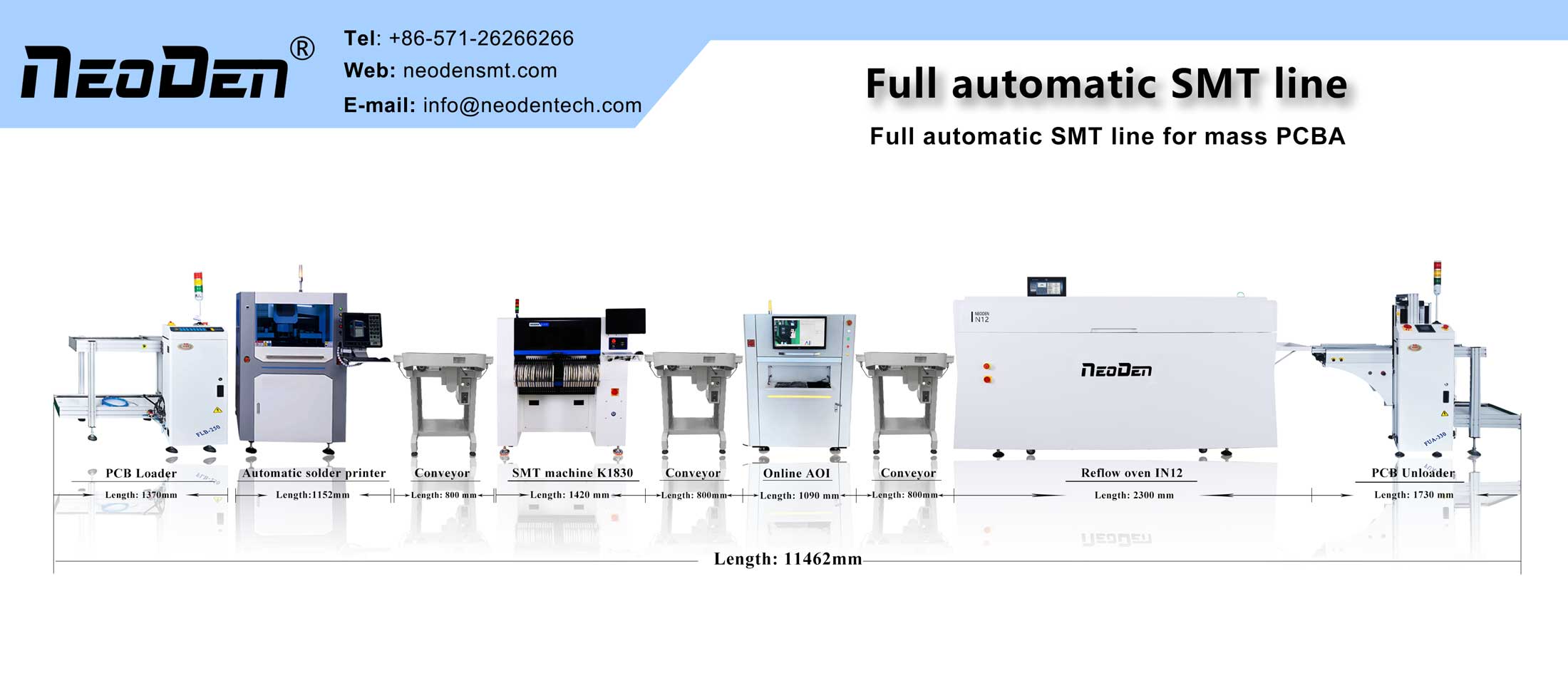1. Pads.
The pad is the metal hole used to solder the pins of the components.
2. Layer.
Circuit board according to the design of the different, there will be double-sided, 4-layer board, 6-layer board, 8-layer board, etc., the number of layers are generally double, in addition to go signal layer, there are other for the definition of processing with the layer.
3. Over the hole.
The meaning of the perforation is that if the circuit can not be achieved on a level of all the signal alignment, it is necessary to connect the signal lines across layers by way of perforation, perforation is generally divided into two types, one for the metal perforation, one for the non-metallic perforation, where the metal perforation is used to connect the components pins between the layers. The form of perforation and hole diameter depends on the characteristics of the signal and the processing plant process requirements.
4. Components.
Soldered on the PCB components, different components between the combination of the alignment can achieve different functions, which is where the role of the PCB.
5. Alignment.
Alignment refers to the signal lines between the pins of the connected devices, the length and width of the alignment depends on the nature of the signal, such as the current size, speed, etc., the length and width of the alignment also varies.
6. Silkscreen.
Screen printing can also be called screen printing layer, used for a variety of devices related to information labeling, screen printing is generally white, you can also choose the color according to their needs.
7. Solder resist layer.
The main role of the soldermask layer is to protect the surface of the PCB, forming a protective layer with a certain thickness, and blocking the contact between copper and air. Solder resist layer is generally green, but there are also red, yellow, blue, white, black solder resist layer options.
8. Location holes.
Positioning holes are placed for the convenience of installation or debugging holes.
9. Filling.
Filling is used for the ground network of copper laying, can effectively reduce the impedance.
10. Electrical boundary.
Electrical boundary is used to determine the size of the board, all components on the board can not exceed the boundary.
The above ten parts are the basis for the composition of the board, more features or the need to burn in the chip to achieve the program.
Post time: Jul-05-2022

